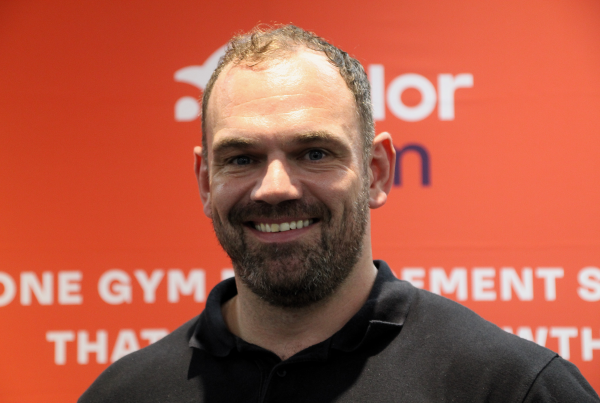By Justin Mendleton, Commercial Director, Move
Although the threat of COVID-19 continues to loom over the industry, we’re now several months into the reopening of venues. Since the pandemic began, fitness routines, habits and preferences have been transformed at a vast scale all over the world.
Digital adoption, which can take much longer in some industries, was accelerated in fitness at light-speed through the pandemic. But because the situation was so novel to so much of the world, there was some scepticism as to whether those newly formed digital fitness habits would continue once venues reopened and people could kickstart their former habits again.
So, what’s the reality now? At Move, we’ve been carefully tracking the developments since physical facilities reopened in England from 12 April 2021 to see which parts of our member base have been returning to venues and which haven’t.
We’ve also been keeping an eagle eye on our members’ preferences for digital fitness content, whether livestream or on-demand, and whether those preferences are continuing after the reopening.
To understand this, we’ve looked at the following questions:
- To what extent are people continuing with digital-only routines?
- To what extent are people now blending their workout routines?
- Are we seeing returns to in-person classes successfully across the board?
- What are the winning preferences within those new routine choices that operators can leverage?
Here are some answers drawn from Move data as of September 2021.
To what extent are people continuing with digital-only routines?
About a third of people are continuing with digital-only routines (even after summer, taking in the usual increase in time spent out of the home). In London, digital-only routines are still substantially more popular than in-person routines.
In the South West of England, digital-only routines make up about 50% of all activity. About 30% of 30-to-45-year-olds are also continuing with digital-only routines. For over-45s nationally, the amount of people either doing digital classes only or in-person classes only is actually now very similar.
To what extent are people now blending their workout routines?
Around 50% are now doing blended or at-home only routines. The South East of England is where blended routines continue to be most popular but in almost all areas, fitness customers who prefer this type of routine seem to be sticking with their choice.
Are we seeing returns to in-person classes successfully across the board?
The 18-30 age group was easily the most-hungry to return to in-person classes and continues to be so now, six months later. The 45+ age group started strongly returning to in-person classes but that initial surge has levelled off since June, which is the same story for those aged 30-45.
What are the most valuable choices within those new routine choices that operators can leverage?
For those blended routines that seem to be sticking, digging down we can see that the most effective combination is a mix of live in-person classes and live stream classes. Although these are just signals of the medium-term future after six months of reopening, there does seem to be a sizeable chunk of the market who are sticking with the digital fitness habit they established during the waves of lockdowns and restrictions, whether through digital-only routines or as part of a blended routine.
Perhaps these are both signs that a mass hybrid future is not too far away at all.
Move is a member of the ukactive Strategic Partner Group – find out more here.
Disclaimer: Any views or opinions expressed are solely those of the author and do not necessarily represent those of ukactive.

More People More Active More Often




